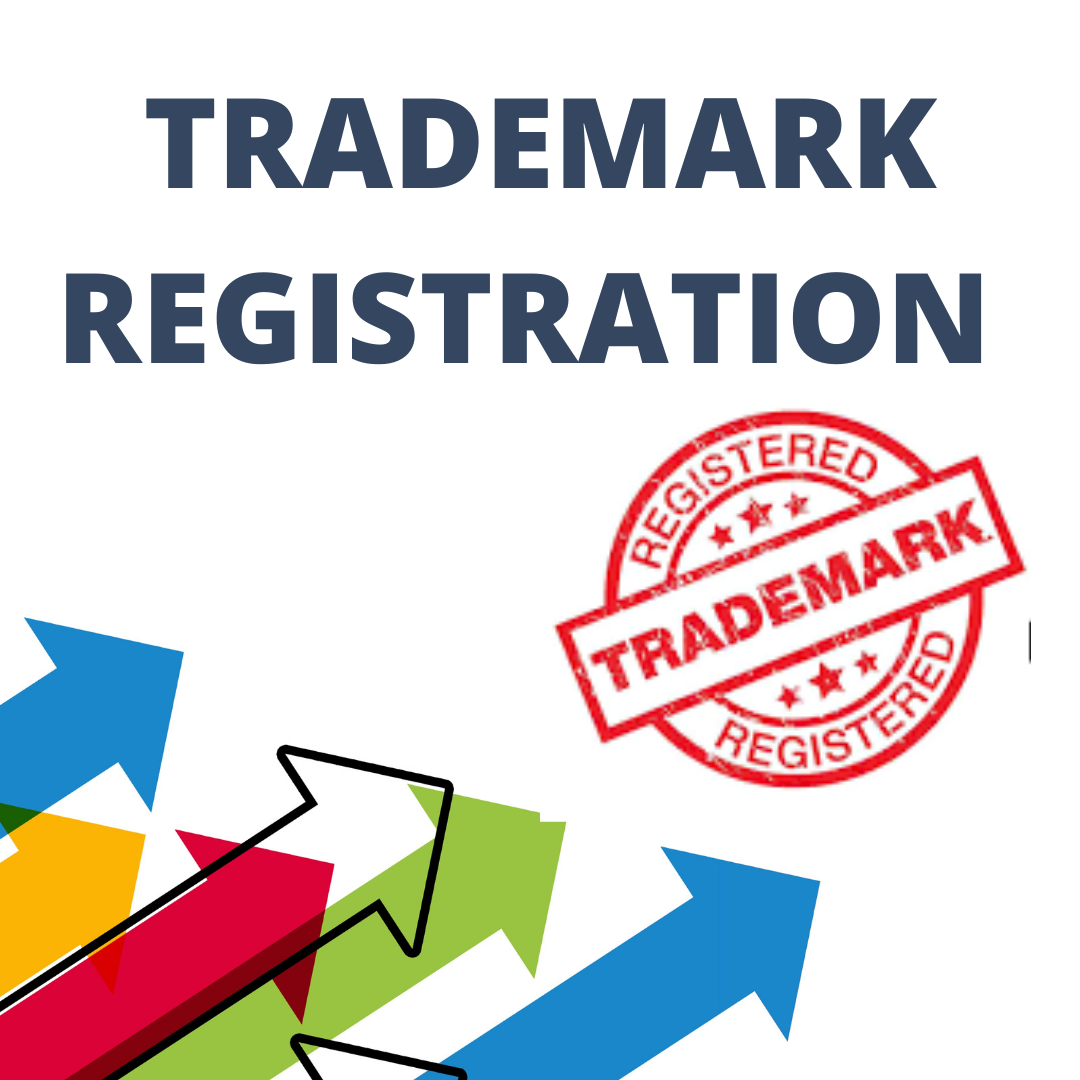In today’s competitive marketplace, a trademark is one of the most valuable assets a business can own. It represents the brand’s identity and distinguishes its products or services from those of competitors. However, with this value comes the risk of infringement, where others might use your trademark without authorization, potentially damaging your brand and business. Defending your trademark rights is crucial to maintaining brand integrity and market position. This article explores the importance of trademark protection, the types of infringement, and comprehensive strategies to defend your trademark rights.
The Importance of Trademark Protection
Trademarks serve as identifiers of a brand’s source and quality. They can be words, logos, symbols, colors, or a combination of these. Protecting your trademark is essential for several reasons:
Brand Recognition and Loyalty
A strong trademark fosters brand recognition and loyalty among consumers. It assures customers of consistent quality and helps in building trust and loyalty. Unchecked infringement can dilute your brand’s identity and confuse consumers.
Competitive Advantage
Trademarks provide a competitive edge by differentiating your products or services from those of competitors. Protecting your trademark ensures that this advantage is not undermined by unauthorized use.
Legal Rights
Registering a trademark provides legal rights and exclusive use. It enables you to take legal action against infringers and seek remedies such as damages, injunctions, and the confiscation of counterfeit goods.
Financial Value
A well-protected trademark can significantly enhance the financial value of a business. It can attract investors, create licensing opportunities, and increase the overall market value of the company.
Types of Trademark Infringement
Trademark infringement occurs when a third party uses a mark that is identical or confusingly similar to a registered trademark without permission. Understanding the different types of infringement is crucial for effective defense.
Direct Infringement
Direct infringement happens when a third party uses a mark that is identical or substantially similar to a registered How To Trademark A Title in connection with goods or services that are identical or related to those covered by the trademark. This type of infringement can cause confusion among consumers and dilute the trademark’s distinctiveness.
Dilution
Dilution occurs when the use of a similar mark weakens the distinctiveness of a famous trademark, even if there is no direct competition or likelihood of confusion. Dilution can be in the form of blurring (where the uniqueness of the trademark is weakened) or tarnishment (where the trademark’s reputation is harmed).
Counterfeiting
Counterfeiting involves the unauthorized use of a trademark on goods that are identical to or indistinguishable from the genuine products. Counterfeit goods can deceive consumers, harm the brand’s reputation, and result in significant financial losses.
Cybersquatting
Cybersquatting is the registration of domain names that are identical or confusingly similar to a trademark with the intent to profit from the trademark owner’s goodwill. Cybersquatters often try to sell these domain names to the trademark owner at an inflated price.
Steps to Defend Your Trademark Rights
Defending your trademark rights requires a proactive and strategic approach. Here are key steps to effectively protect your trademark:
Conduct a Trademark Audit
A trademark audit involves reviewing your current trademarks, assessing their protection status, and identifying any potential risks. This process includes:
- Ensuring that all trademarks are properly registered and up-to-date
- Identifying any unregistered trademarks in use
- Reviewing the use of trademarks to ensure consistency and compliance with registration
- Evaluating potential conflicts with third-party trademarks
Monitor and Enforce Trademark Rights
Continuous monitoring and enforcement are essential to defend your trademark rights. Implementing a monitoring system helps detect unauthorized use early, allowing for timely action. Key aspects of monitoring and enforcement include:
Online Monitoring
Regularly search the internet, social media platforms, and e-commerce sites for unauthorized use of your trademark. Tools such as Google Alerts, social media monitoring tools, and specialized trademark monitoring services can assist in this process.
Marketplace Monitoring
Monitor physical marketplaces, including retail stores and trade shows, for counterfeit or infringing goods. Collaborate with local authorities and industry associations to identify and address infringement.
Customs Recordation
Record your trademark with customs authorities in key markets to enable them to identify and seize counterfeit goods at the border. This proactive measure can prevent infringing products from entering the market.
Legal Action
When infringement is detected, take prompt legal action to enforce your rights. This can involve sending cease-and-desist letters, filing lawsuits, or seeking injunctions. Collaborate with experienced trademark attorneys to navigate the legal process effectively.
Register Your Trademark in Key Markets
Registering your trademark in key markets provides legal protection and strengthens your ability to enforce your rights. Consider the following strategies for effective registration:
International Treaties
Leverage international treaties and agreements to streamline the registration process. The Madrid System, administered by the World Intellectual Property Organization (WIPO), allows for the filing of a single international application covering multiple countries. The European Union Trademark (EUTM) provides protection across all EU member states with a single application.
National Registrations
In addition to international treaties, consider national registrations in key markets where your products or services are sold. This provides direct protection under the specific trademark laws of those countries.
Prioritize Key Markets
Identify and prioritize key markets based on business goals, market potential, and risk factors. Focus on countries with high sales volumes, significant brand presence, or known counterfeiting issues.
Educate and Train Employees
Educating and training employees on trademark protection is crucial for maintaining brand integrity. Ensure that employees understand the importance of trademarks, the risks of infringement, and their role in protecting the brand. Key areas of training include:
- Proper use of trademarks in marketing materials, packaging, and communications
- Identifying and reporting potential infringement
- Collaborating with legal and compliance teams to address trademark issues
Collaborate with Industry Associations
Industry associations play a vital role in addressing trademark infringement and promoting intellectual property protection. Collaborate with relevant associations to stay informed about industry trends, participate in collective enforcement efforts, and advocate for stronger legal frameworks.
Build a Strong Brand Presence
A strong brand presence can act as a deterrent to infringement. By building a recognizable and respected brand, you reduce the likelihood of others attempting to misuse your trademarks. Key strategies for building a strong brand presence include:
- Consistent branding: Ensure consistent use of trademarks across all marketing materials, products, and communications to reinforce brand identity.
- Engaging marketing campaigns: Invest in marketing campaigns that build brand awareness and loyalty among consumers.
- Positive customer experiences: Deliver high-quality products and services to build a positive reputation and foster customer loyalty.
Case Studies: Successful Trademark Defense
To illustrate the importance and effectiveness of trademark defense strategies, let’s explore some case studies of businesses that have successfully defended their trademark rights.
Case Study 1: Apple Inc.
Apple Inc. is renowned for its rigorous trademark protection strategy. The company has faced numerous cases of trademark infringement, from counterfeit products to cybersquatting. Apple employs a comprehensive approach to defend its trademarks, including:
- Registering trademarks in key markets worldwide
- Monitoring online marketplaces and social media for counterfeit goods
- Collaborating with customs authorities to seize counterfeit products
- Taking legal action against infringers, including filing lawsuits and obtaining injunctions
Apple’s proactive and aggressive trademark defense has helped maintain its brand integrity and market dominance.
Case Study 2: Nike, Inc.
Nike, Inc. is another example of a company that effectively defends its trademark rights. The company faces significant challenges from counterfeit products and unauthorized use of its trademarks. Nike’s defense strategies include:
- Conducting regular online and offline monitoring for counterfeit goods
- Collaborating with law enforcement agencies and industry associations to combat counterfeiting
- Educating consumers about the dangers of counterfeit products
- Taking legal action against infringers, including filing lawsuits and working with customs authorities
Nike’s comprehensive approach has enabled it to protect its brand and maintain consumer trust.
Case Study 3: Starbucks Corporation
Starbucks Corporation is known for its strong trademark protection efforts. The company faces challenges from unauthorized use of its trademarks, including logo misuse and counterfeit products. Starbucks’ defense strategies include:
- Registering trademarks in key markets globally
- Monitoring online platforms and physical marketplaces for infringement
- Educating employees and franchisees about trademark protection
- Taking legal action against infringers, including sending cease-and-desist letters and filing lawsuits
Starbucks’ proactive trademark defense has helped protect its brand and ensure consistent quality across its global operations.
The Future of Trademark Protection
The landscape of trademark protection is constantly evolving, driven by changes in technology, globalization, and legal frameworks. Businesses must stay informed and adapt their strategies to ensure ongoing protection of their trademarks.
Embracing Technology
Advancements in technology offer new tools and methods for trademark protection. Artificial intelligence (AI) and machine learning can enhance trademark searches, monitoring, and enforcement by analyzing vast amounts of data and identifying potential conflicts or infringements more efficiently. Blockchain technology also holds promise for securing and verifying trademark rights, providing a tamper-proof record of ownership and transactions.
Adapting to Globalization
As businesses continue to expand globally, the need for comprehensive and harmonized trademark protection becomes more pressing. Efforts to harmonize international trademark laws and procedures, such as the development of the Unified Patent Court in Europe, can simplify the process and provide broader protection. Businesses should stay informed about these developments and adjust their strategies accordingly.
Strengthening Legal Frameworks
Continued efforts to strengthen intellectual property laws and enforcement mechanisms at the national and international levels are essential for effective trademark protection. Businesses can play a role in advocating for stronger legal frameworks and supporting initiatives that promote the protection of intellectual property rights.
Promoting Brand Ethics and Corporate Responsibility
In addition to legal protection, businesses should focus on promoting brand ethics and corporate responsibility. Building a reputation for ethical practices, sustainability, and social responsibility can enhance brand value and foster consumer trust. This, in turn, can act as a deterrent to infringement and counterfeiting.
Conclusion
Defending your trademark rights is crucial for maintaining brand integrity, competitive advantage, and financial value. By understanding the importance of trademark protection, identifying different types of infringement, and implementing comprehensive defense strategies, businesses can effectively safeguard their trademarks. Conducting regular audits, monitoring and enforcing trademark rights, registering trademarks in key markets, educating employees, collaborating with industry associations, and building a strong brand presence are all essential steps in this process.
As the landscape of trademark protection continues to evolve, businesses must stay informed and adapt their strategies to address new challenges and opportunities. Embracing technology, advocating for stronger legal frameworks, and promoting brand ethics are key to achieving long-term success. By diligently defending their trademark rights, businesses can ensure their brand’s integrity and growth in the competitive global marketplace, ultimately securing their place in the market and fostering consumer trust.




